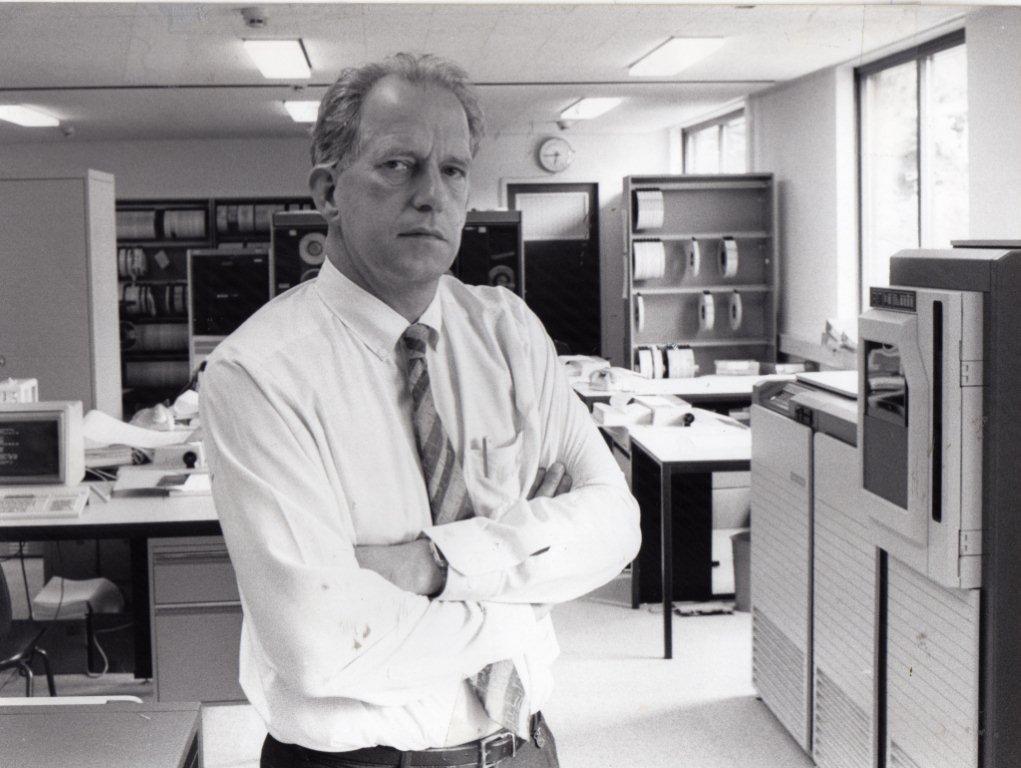 © WNB
© WNB
Wim started his SRZM/NFRA/ASTRON career by saving the WSRT, i.e. by almost singlehandedly writing the observation, calibration and imaging software. This task had been a little underestimated in the plans because the WSRT was the first telescope in which computers played a central role. To do this, he had to advance the theory of Aperture Synthesis, especially for East-West arrays. Very importantly, he completed it all on time for the Royal Opening in 1970! His software was the basis for all the great WSRT discoveries of the 1970's.
He then played a significant role in producing the famous ultra-high dynamic-range WSRT images, by re-implementing the existing Redundancy (selfcal) package into its more user-friendly NEWSTAR guise. For good measure, he included extra functionality, like mosaicking for the WENSS survey. Finally, he wrote several modules for AIPS++ that are still widely used today, e.g. by CASA, BBS and MeqTrees. In his spare time, he squeezed unlikely performance out of the computers of the day, and he wrote a suite of financial administration software for ASTRON.
Apart from being a highly talented, and unbelievably productive scientific programmer, Wim was also a born "bestuurder". He served for almost 20 years as the effective Director in Dwingeloo. His job was complicated by the organizational structure at the time, which included a rotating chairmanship of the "Werkgroep" in Dwingeloo. Wim�s defining characteristic as a Leader was that he hated to give direct orders, hoping that others would see the way forward as clearly as he did, and quietly doing things himself if they didn't.
Judging by the Alliant machine in the background, the above picture was taken around 1985, in the old Computer Room. Wim very much looks the part of the director/prodigy, much more so than he did in real life. After a decade in Australia, we are happy to have him back in the Netherlands as a general-purpose sage.
 © G. van Diepen, J. Morawietz (not to be spread via Social Media!)
© G. van Diepen, J. Morawietz (not to be spread via Social Media!)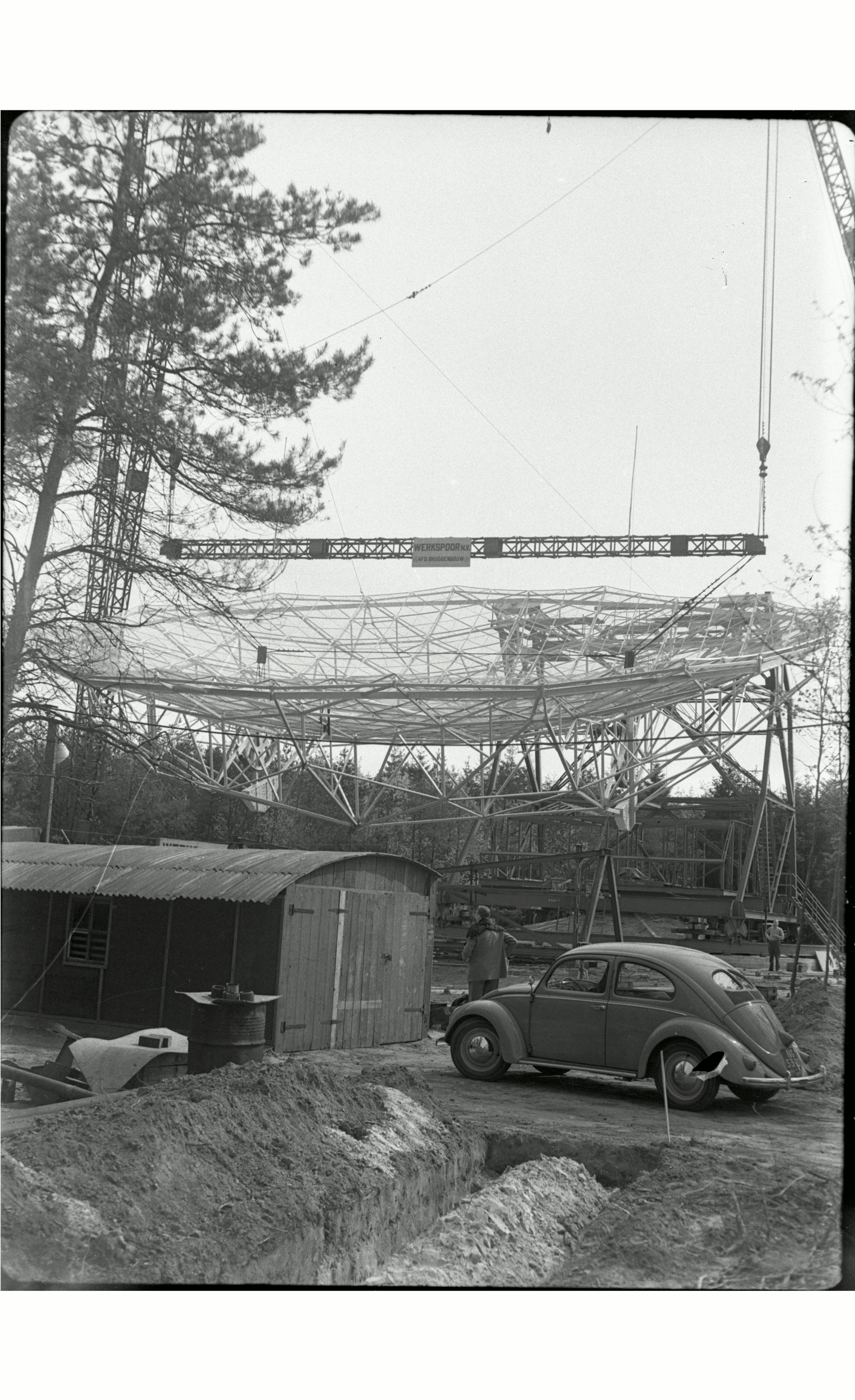 © Unkown
© Unkown © Lesley Goudbeek, Jan Idserda, Sjouke Kuindersma, Paula Fusiara
© Lesley Goudbeek, Jan Idserda, Sjouke Kuindersma, Paula Fusiara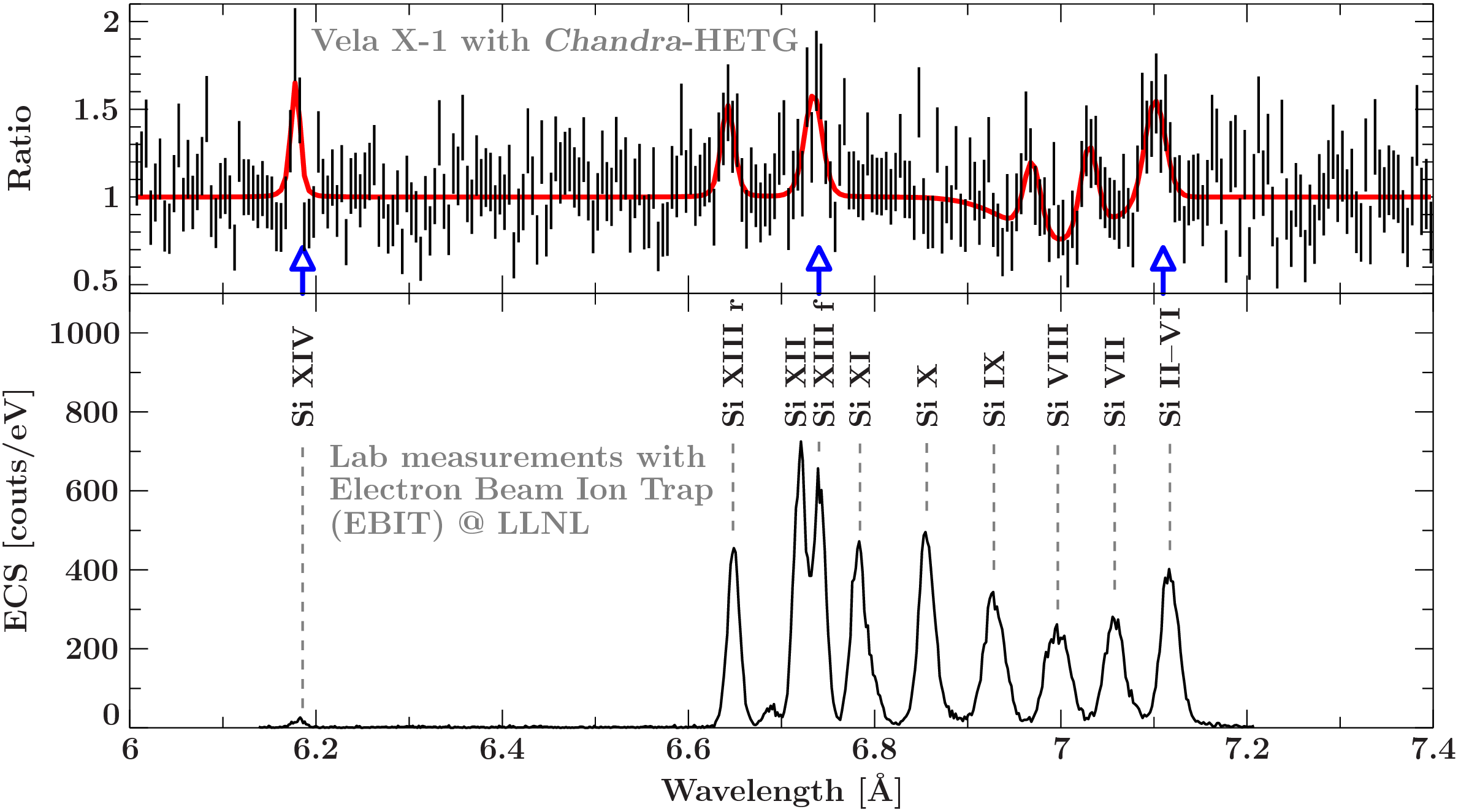 © Victoria Grinberg
© Victoria Grinberg © JIVE
© JIVE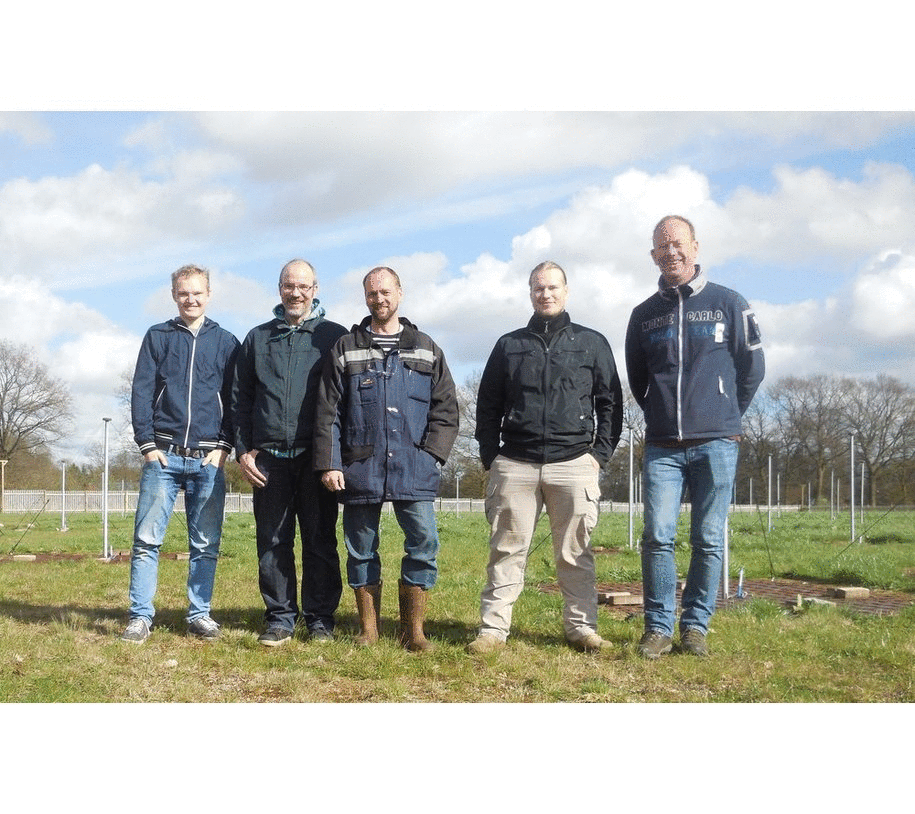 © Astron
© Astron © astropix.nl
© astropix.nl © Photographs by Rik ter Horst
© Photographs by Rik ter Horst © Photographs by Rik ter Horst
© Photographs by Rik ter Horst © Dan Stinebring
© Dan Stinebring © ASTRON
© ASTRON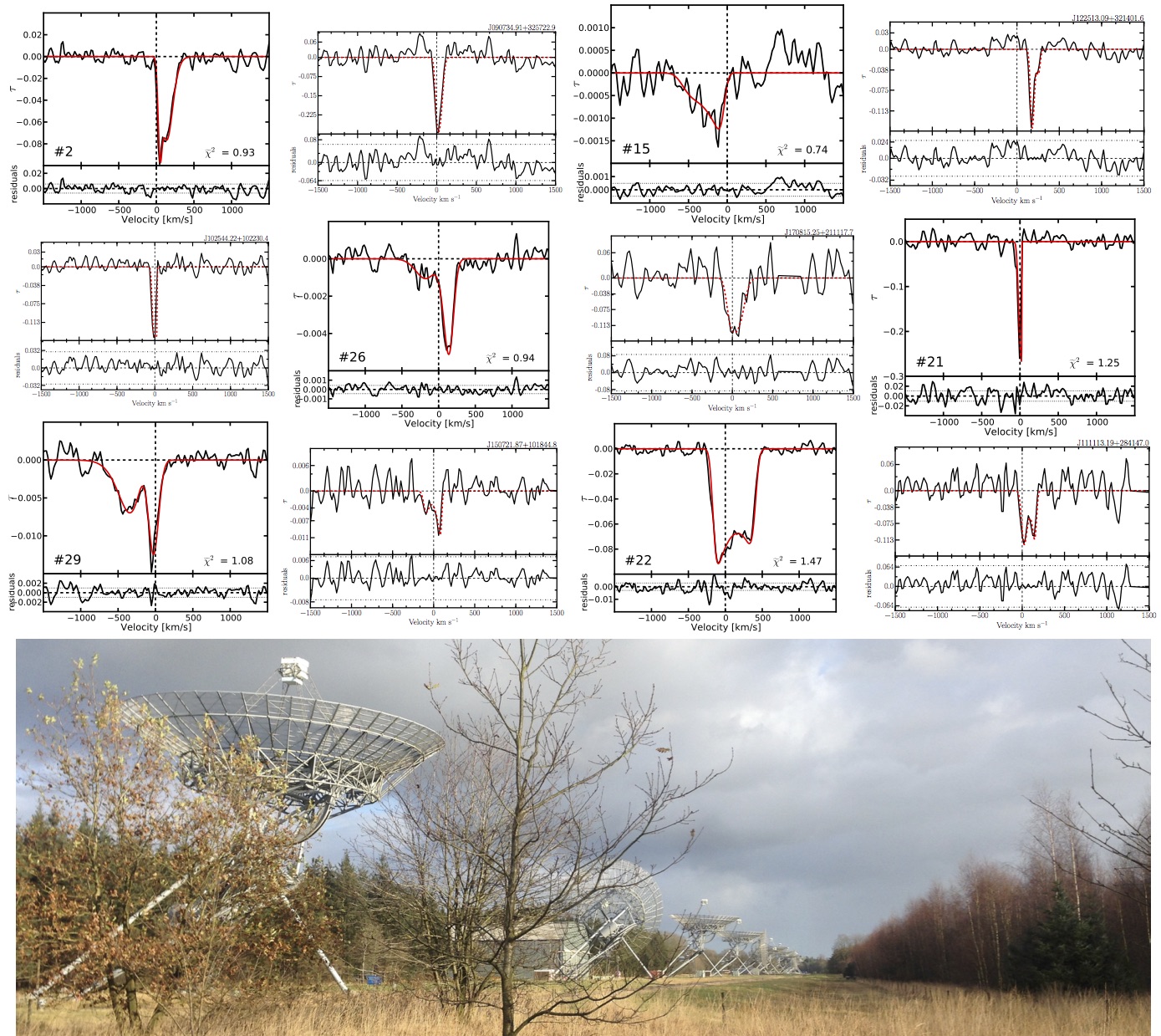 © Filippo Maccagni, Raffaella Morganti, Tom Oosterloo
© Filippo Maccagni, Raffaella Morganti, Tom Oosterloo © NN
© NN © Thomas Marsh
© Thomas Marsh © Meppeler Courant
© Meppeler Courant © ASTRON
© ASTRON © Rik ter Horst
© Rik ter Horst © Nico Ebbendorf and more
© Nico Ebbendorf and more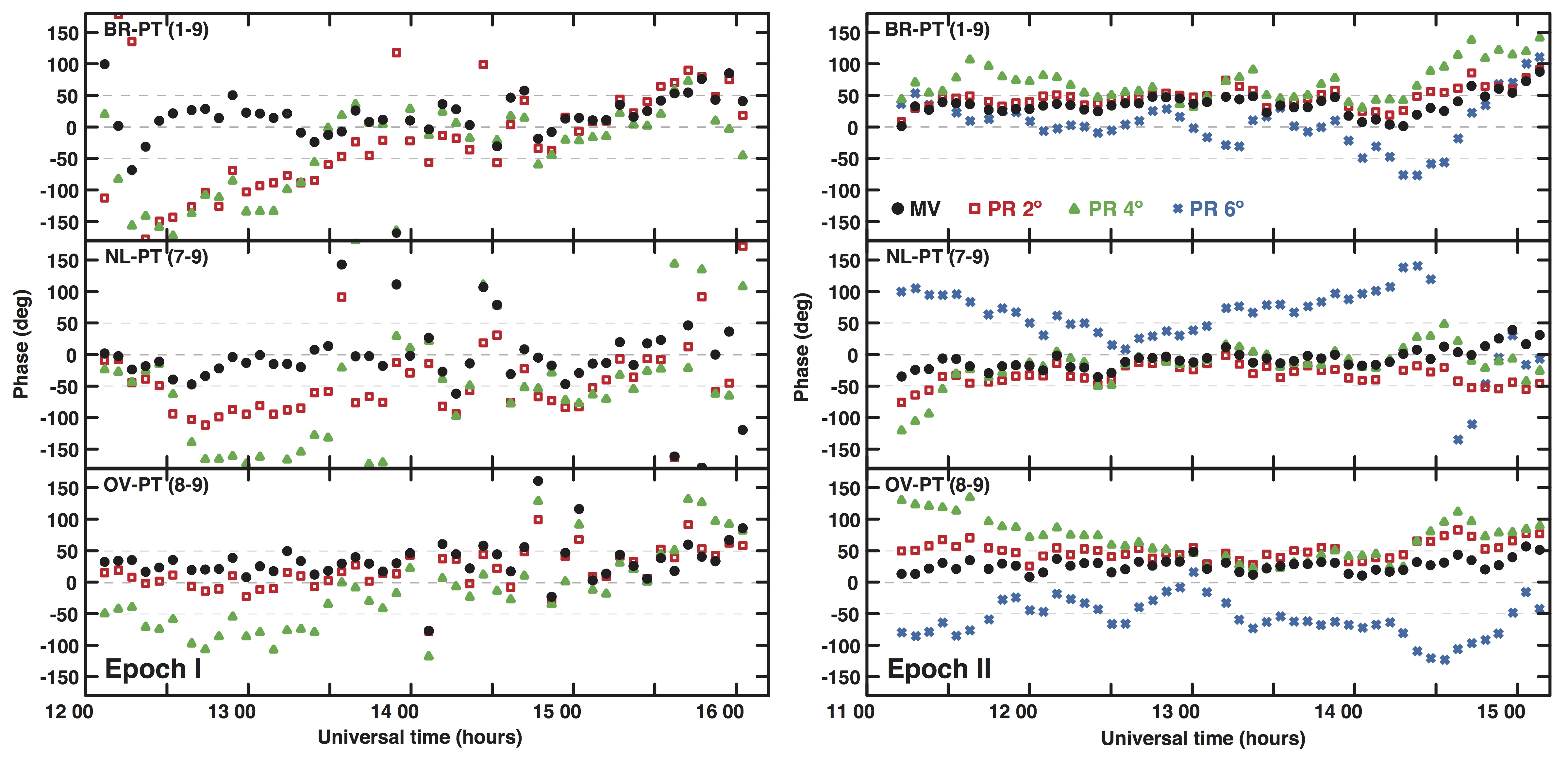 © Gabor Orosz
© Gabor Orosz